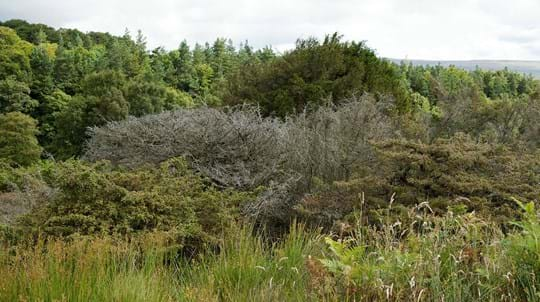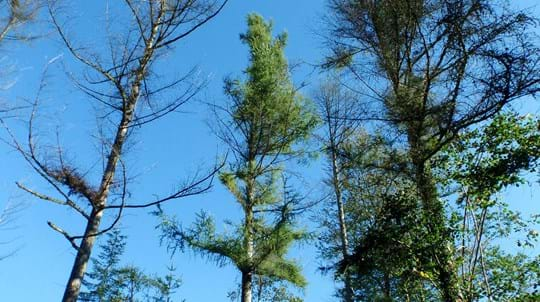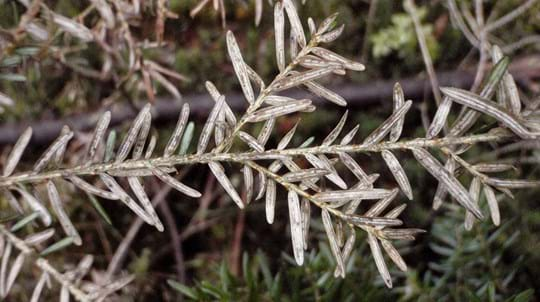
Credit: Ana Perez Sierra / Forest Research
What is Phytophthora lateralis?
Phytophthora is a genus of fungus-like soil and water-borne organisms that cause some of the worst plant health issues across the world. The potato famine in 19th Century Ireland was caused by a species of Phytophthora.
P. lateralis infects and damages the roots of trees so it can no longer take up water and nutrients, killing the tree.








